Subtitle goes here
During the First World War she volunteered with the Surgical Requisites Association. The association supplied medical dressings and had been created by Queen Mary's Needlework Guild. Acheson and Elinor Hallé were both sculptors[9] and they witnessed soldiers returning from the front with broken limbs held together with only wooden splints and basic bandages, Acheson suggested taking a plaster cast of the limb and when the cast had hardened, wrapping papier-mache over it, and placing it over the broken limb to support it whilst healing. This was inspired by the plaster of Paris she used in her sculptural work. The anatomically correct papier-mache splint reduced the healing time while properly supporting the broken limb. The idea of using plaster of Paris was adopted and refined over the years and is still in use today by the medical profession.[10] When she completed her studies, Acheson taught at a school in London and continued to live in that city until
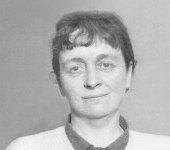
Subtitle 1
During the First World War she volunteered with the Surgical Requisites Association. The association supplied medical dressings and had been created by Queen Mary's Needlework Guild. Acheson and Elinor Hallé were both sculptors[9] and they witnessed soldiers returning from the front with broken limbs held together with only wooden splints and basic bandages, Acheson suggested taking a plaster cast of the limb and when the cast had hardened, wrapping papier-mache over it, and placing it over the broken limb to support it whilst healing. This was inspired by the plaster of Paris she used in her sculptural work. The anatomically correct papier-mache splint reduced the healing time while properly supporting the broken limb. The idea of using plaster of Paris was adopted and refined over the years and is still in use today by the medical profession.[10] When she completed her studies, Acheson taught at a school in London and continued to live in that city until
During the First World War she volunteered with the Surgical Requisites Association. The association supplied medical dressings and had been created by Queen Mary's Needlework Guild. Acheson and Elinor Hallé were both sculptors[9] and they witnessed soldiers returning from the front with broken limbs held together with only wooden splints and basic bandages, Acheson suggested taking a plaster cast of the limb and when the cast had hardened, wrapping papier-mache over it, and placing it over the broken limb to support it whilst healing. This was inspired by the plaster of Paris she used in her sculptural work. The anatomically correct papier-mache splint reduced the healing time while properly supporting the broken limb. The idea of using plaster of Paris was adopted and refined over the years and is still in use today by the medical profession.[10] When she completed her studies, Acheson taught at a school in London and continued to live in that city until
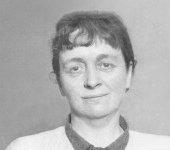
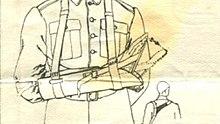
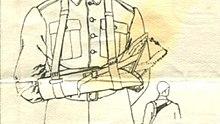
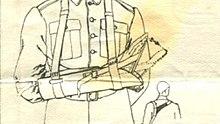
Subtitle
During the First World War she volunteered with the Surgical Requisites Association. The association supplied medical dressings and had been created by Queen Mary's Needlework Guild. Acheson and Elinor Hallé were both sculptors[9] and they witnessed soldiers returning from the front with broken limbs held together with only wooden splints and basic bandages, Acheson suggested taking a plaster cast of the limb and when the cast had hardened, wrapping papier-mache over it, and placing it over the broken limb to support it whilst healing. This was inspired by the plaster of Paris she used in her sculptural work. The anatomically correct papier-mache splint reduced the healing time while properly supporting the broken limb. The idea of using plaster of Paris was adopted and refined over the years and is still in use today by the medical profession.[10] When she completed her studies, Acheson taught at a school in London and continued to live in that city until